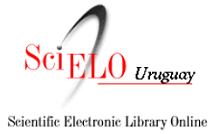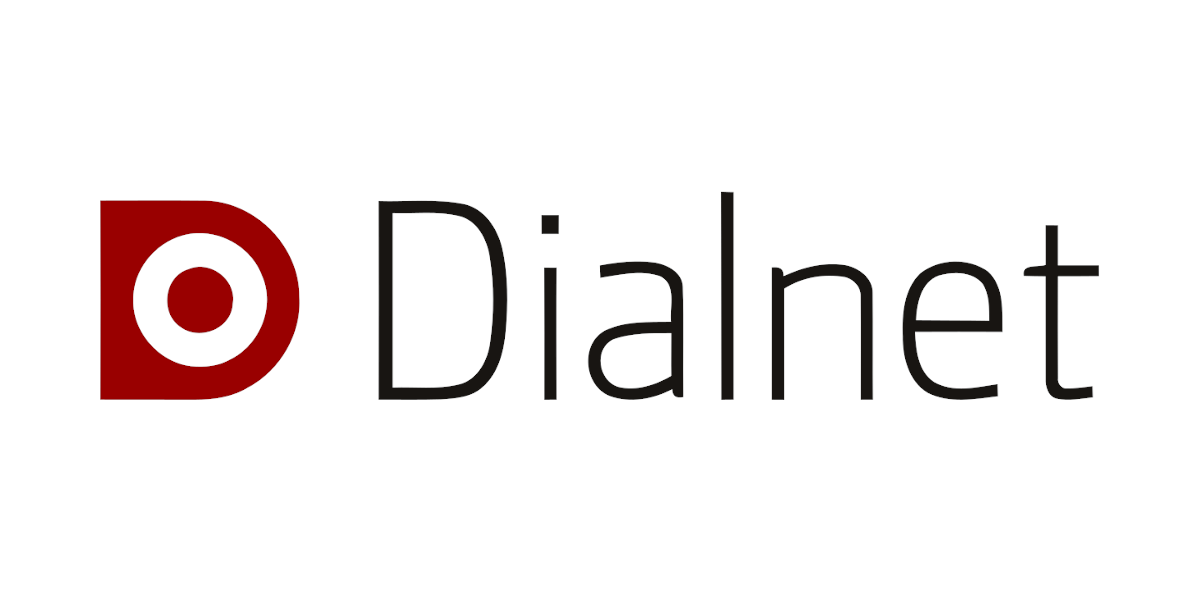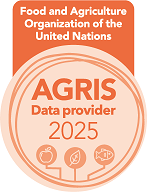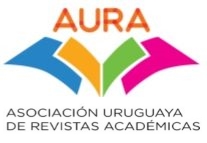Una combinación de oligoelementos orgánicos e hidroxi mejoró la tasa de producción de huevos y el porcentaje de cáscara de huevo en gallinas ponedoras de mayor edad
Palabras clave:
Minerales, Producción de huevos, Calidad de la cáscara de huevoResumen
This study evaluated the effects of IntelliOpt (ITO) trace minerals (TM) against inorganic (INO) sources in layer hens in post-peak production (Hy-line brown from 60 to 100 weeks of age; WOA) on egg production and quality. There were three dietary treatments as INO with 100 ppm manganese, 80 ppm zinc, and 12 ppm copper supplied in the form of inorganic salts, and either a full dose or half a dose of ITO TM with 80 ppm manganese, 60 ppm zinc, and 12 ppm copper supplied in the form of organic + hydroxy. A total of 240 hens were allocated into the three treatments, with 8 replicate cages of 10 birds each. The diets were formulated to Hy-line Brown recommendations and fed from 60 to 80, and 80 to 100 WOA. Birds were fed a common diet for the first two weeks (56 to 58) and then the experimental diets for another two weeks, as an adaptation period (58 to 60), and egg production and feed intake data were measured and recorded from 60 to 80, and 80 to 100 WOA. Egg quality parameters were measured at 60, 80, and 100 WOA. Data were analyzed in a 3 × 3 factorial arrangement to assess the main effects (TM source and laying age) and any 2-way interactions. There was no interaction between TM source and age for any performance parameters. As the main effect, TM source did not affect egg weight and feed intake. The egg production rate was affected by both age and TM source, where it decreased with age and was higher in birds fed diets with a full dose of ITO (88.4 vs. 86.2 %; P=0.004). The egg production rate was not statistically different between birds fed INO diets and those fed half a dose of ITO (86.2 vs. 85.7 %; P>0.05). Birds fed the ITO diet recorded a higher egg mass (58.9 vs. 57.6 INO and 57.4 for half dose of ITO; P=0.017), and lower FCR (2.161 vs. 2.227 and 2.218; P=0.056). Eggshell breaking strength and Haugh unit were not affected by TM source (P>0.05), but decreased as the birds aged (P<0.05). Shell thickness also decreased as the birds aged and birds fed the diets with a full dose of ITO recorded a thicker eggshell than the other two treatments (P<0.01). An interaction between TM source and age (P=0.039), resulted in a higher shell percentage in birds fed the ITO diets compared to INO or half dose of ITO at 100 WOA. In conclusion, these results suggest that replacing INO (sulphate sources) of TM with ITO has the potential to improve egg production rate and feed efficiency by approximately 2.5 % in layer hens post-peak production.
Descargas
Publicado
Cómo citar
Número
Sección
Licencia
Derechos de autor 2025 Sociedad de Medicina Veterinaria del Uruguay-Facultad de Veterinaria, Universidad de la República

Esta obra está bajo una licencia internacional Creative Commons Atribución 4.0.











